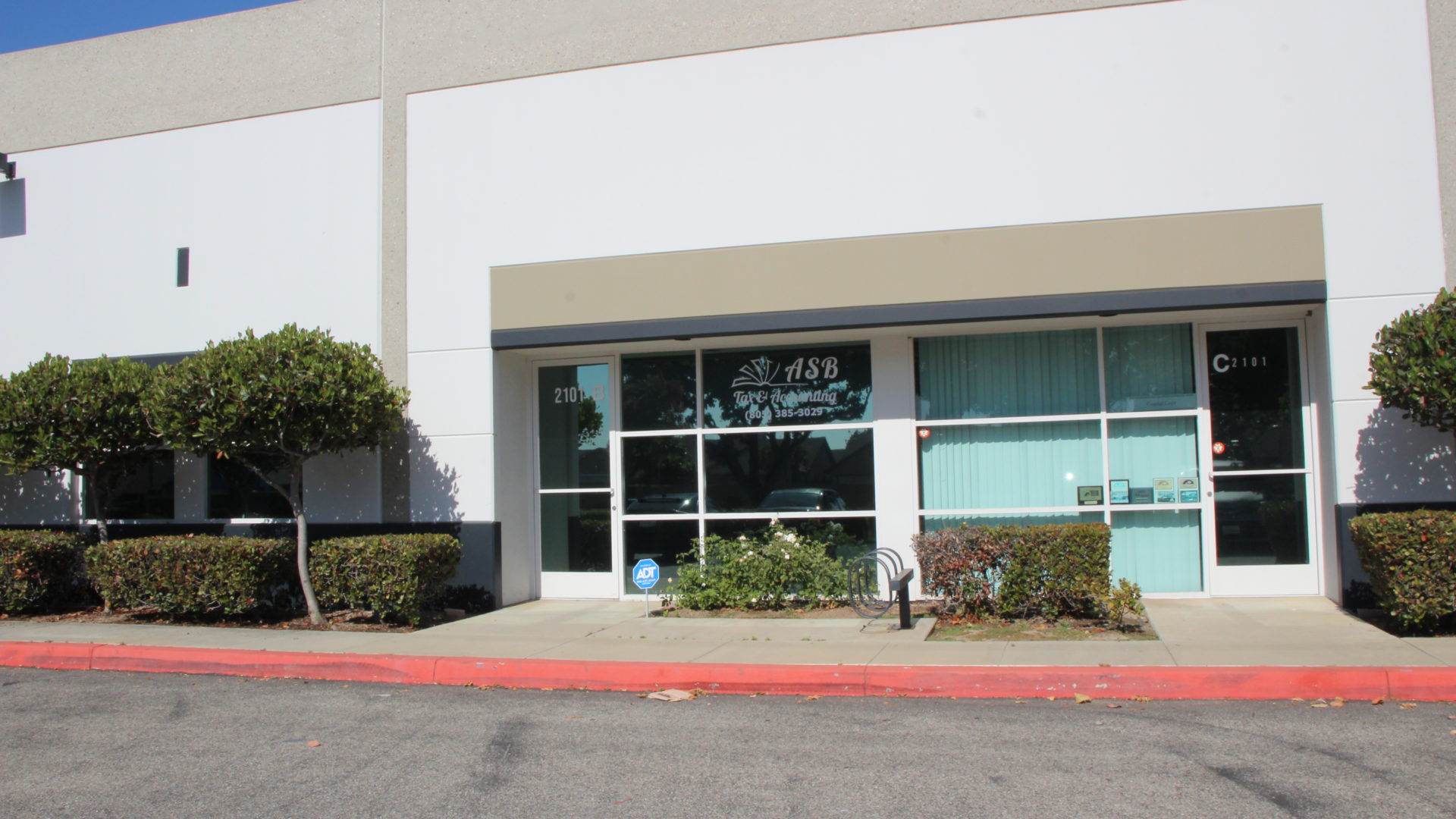How to file taxes if you are self-employed or freelance
If you’re self-employed or freelance , it’s critical to understand how to file your taxes correctly. Unlike traditional employees, who receive a W-2 form, freelancers are responsible for calculating and paying their own taxes. With proper planning, it’s possible to optimize your tax burden and avoid problems with the IRS.
One of the key aspects of freelance tax reporting is filing Form 1099-NEC, which clients must provide you with if you have received more than $600 in payments. However, even if you don’t receive this document, you are still responsible for reporting all of your income.
In addition to income tax, self-employed workers must pay self-employment tax, which covers Social Security and Medicare contributions. This tax is 15.3% of net earnings, although part of this amount can be deducted on the return.
An essential strategy to reduce your tax burden is to take advantage of freelance deductions. Expenses such as work equipment, software, internet, office rent and business-related transportation can be deducted, as long as they are necessary for the performance of your activity. It is also possible to apply the home deduction if you work from home and meet the IRS requirements.
Another important recommendation is to make estimated tax payments every quarter. Since no taxes are withheld from your income, the IRS requires self-employed workers to make advance payments in April, June, September and January to avoid penalties.
Keeping detailed records of income and expenses is key to smooth tax filing. Using accounting tools or consulting a freelance accountant can make the process easier and help you identify more tax-saving opportunities.
Complying with your tax obligations as a freelancer doesn’t have to be complicated. With good planning and the right knowledge, you can handle your tax return efficiently and without surprises.

